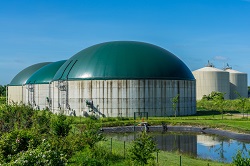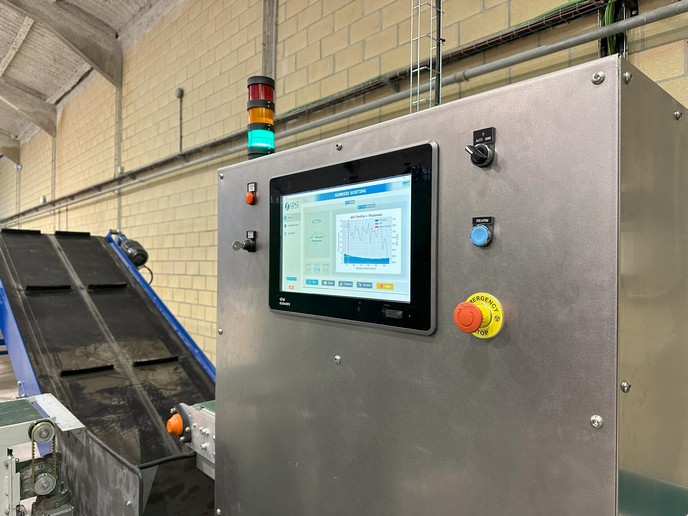Novel biopolymers from biorefinery waste-streams
Whilst biorefineries are essentially associated with ethanol production, major side- and waste streams are still present in the form of pentose and lignin. These can be used for biogas and energy production, but only to low profitability and environmental benefits. ‘Biorefineries under development today still have too much of a single product focus, essentially placed on fuel and energy. We need to learn from oil refineries, where the 80-20 rule points at the 80 % of income from 20 % volume of high value product or even more,’ says Dr. Gudbrand Rødsrud, Technology Director at Norwegian biorefinery Borregaard, a partner in BIOREFINE-2G. ‘Biorefineries need to top up their product line with high value specialties in addition to the bulk energy carriers.’ To help them do so, the BIOREFINE-2G consortium, which involves eight industrial and academic partners active in biotechnology, spent the past four years developing an entirely new conversion process. Leaving nothing to chance The whole value chain was factored into their research: They characterised side streams from forests and other non-food feedstock; developed genetically-modified Saccharomyces cerevisiae – a species of yeast used in winemaking and brewing – from C5 sugar-rich waste streams; came up with a new process to convert the latter into diacids; and, last but not least, used these diacids to develop new biodegradable bio-based polymers. ‘Our yeast strains have been adapted to be tolerant to harsh environments found in waste streams. They were engineered to use new substrates (xylose) for the production of new products (diacids),’ explains Dr Borodina, Senior Scientist at the University of Denmark and coordinator of BIOREFINE-2G. From there on, the team developed a fumaric acid purification process from fermented lignocellulosic wastes, and achieved a satisfying level of purity for polymer applications. The polymers in question, which the consortium sees as ‘potential substitutes for petroleum-based polymers’, can be converted into commercially-interesting products. Those include partially bio-based thermoplastic polyurethanes (bio-TPUs) used as adhesives and coatings, and polylactide(PLA)-copolymers which can be used as biodegradable packaging plastics. ‘Our biopolymers show improved and special properties, such as biocompatibility for use in medical applications, or reduction of PLA brittleness for packaging,’ enthuses Dr. Amador García Sancho from Aimplas. Towards large-scale production Initially, the project also aimed at conducting scale-up trials, with a scale-up process to be transferred to project partner Borregaard’s demo-plant using its proprietary BALI technology. However, construction has been postponed in light of new priorities. ‘A new source of lignin surfaced recently,’ says Dr Rødsrud. ‘This takes priority over a new BALI plant and serves the same lignin markets. The BALI technology will still be developed further, and development of processes for further valorisation of the lignin streams is ongoing and will continue.’ In the meantime, the consortium has developed a genetic toolbox for industrial S. cerevisiae strains that is being used by academic and industry partners – Dr Borodina is hopeful that the toolbox will help in developing new yeast-based processes for other bio-based chemicals. ‘Markets and potential customers for the polymers developed in BIOREFINE-2G will be investigated. Exploitation options include future patents or the selling of technology to interested partners. Finally, commercialisation opportunities related to our reactive extrusion process for polymer production will be investigated,’ she says.
Keywords
BIOREFINE-2G, biopolymers, waste, biorefinery, biotechnology, sugar, diacids, PLA, BALI







